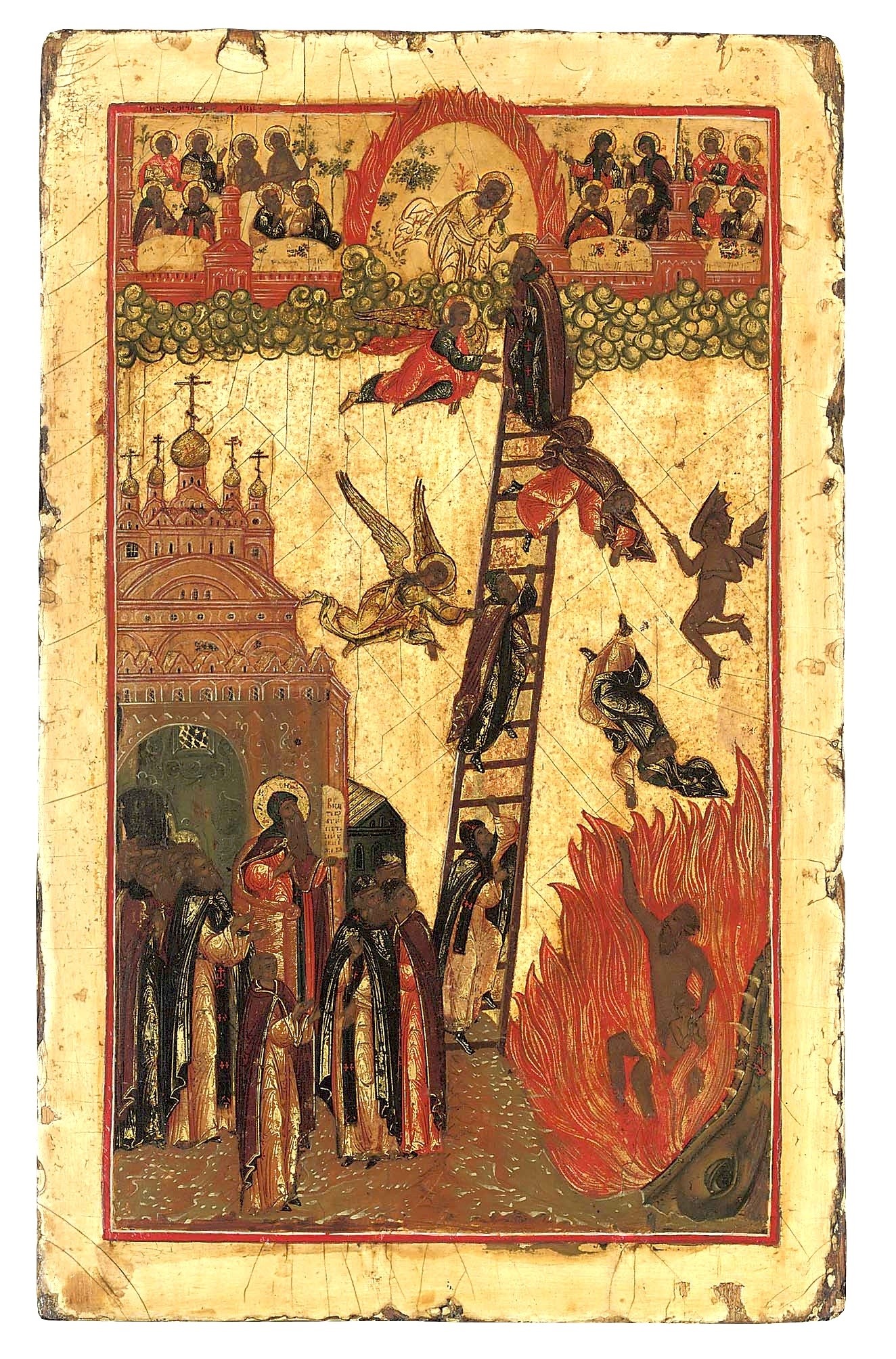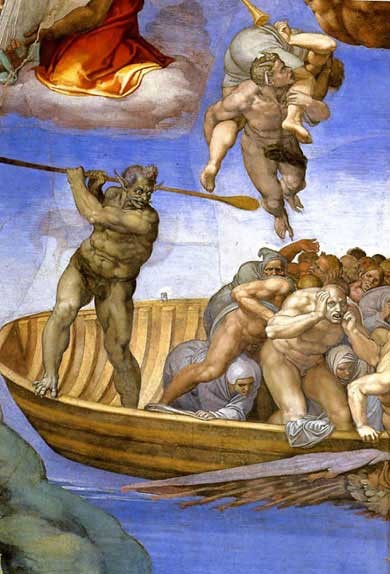 All papers examples
All papers examples
Disciplines

- MLA
- APA
- Master's
- Undergraduate
- High School
- PhD
- Harvard
- Biology
- Art
- Drama
- Movies
- Theatre
- Painting
- Music
- Architecture
- Dance
- Design
- History
- American History
- Asian History
- Literature
- Antique Literature
- American Literature
- Asian Literature
- Classic English Literature
- World Literature
- Creative Writing
- English
- Linguistics
- Law
- Criminal Justice
- Legal Issues
- Ethics
- Philosophy
- Religion
- Theology
- Anthropology
- Archaeology
- Economics
- Tourism
- Political Science
- World Affairs
- Psychology
- Sociology
- African-American Studies
- East European Studies
- Latin-American Studies
- Native-American Studies
- West European Studies
- Family and Consumer Science
- Social Issues
- Women and Gender Studies
- Social Work
- Natural Sciences
- Anatomy
- Zoology
- Ecology
- Chemistry
- Pharmacology
- Earth science
- Geography
- Geology
- Astronomy
- Physics
- Agriculture
- Agricultural Studies
- Computer Science
- Internet
- IT Management
- Web Design
- Mathematics
- Business
- Accounting
- Finance
- Investments
- Logistics
- Trade
- Management
- Marketing
- Engineering and Technology
- Engineering
- Technology
- Aeronautics
- Aviation
- Medicine and Health
- Alternative Medicine
- Healthcare
- Nursing
- Nutrition
- Communications and Media
- Advertising
- Communication Strategies
- Journalism
- Public Relations
- Education
- Educational Theories
- Pedagogy
- Teacher's Career
- Statistics
- Chicago/Turabian
- Nature
- Company Analysis
- Sport
- Paintings
- E-commerce
- Holocaust
- Education Theories
- Fashion
- Shakespeare
- Canadian Studies
- Science
- Food Safety
- Relation of Global Warming and Extreme Weather Condition
Paper Types

- Movie Review
- Essay
- Admission Essay
- Annotated Bibliography
- Application Essay
- Article Critique
- Article Review
- Article Writing
- Assessment
- Book Review
- Business Plan
- Business Proposal
- Capstone Project
- Case Study
- Coursework
- Cover Letter
- Creative Essay
- Dissertation
- Dissertation - Abstract
- Dissertation - Conclusion
- Dissertation - Discussion
- Dissertation - Hypothesis
- Dissertation - Introduction
- Dissertation - Literature
- Dissertation - Methodology
- Dissertation - Results
- GCSE Coursework
- Grant Proposal
- Admission Essay
- Annotated Bibliography
- Application Essay
- Article
- Article Critique
- Article Review
- Article Writing
- Assessment
- Book Review
- Business Plan
- Business Proposal
- Capstone Project
- Case Study
- Coursework
- Cover Letter
- Creative Essay
- Dissertation
- Dissertation - Abstract
- Dissertation - Conclusion
- Dissertation - Discussion
- Dissertation - Hypothesis
- Dissertation - Introduction
- Dissertation - Literature
- Dissertation - Methodology
- Dissertation - Results
- Essay
- GCSE Coursework
- Grant Proposal
- Interview
- Lab Report
- Literature Review
- Marketing Plan
- Math Problem
- Movie Analysis
- Movie Review
- Multiple Choice Quiz
- Online Quiz
- Outline
- Personal Statement
- Poem
- Power Point Presentation
- Power Point Presentation With Speaker Notes
- Questionnaire
- Quiz
- Reaction Paper
- Research Paper
- Research Proposal
- Resume
- Speech
- Statistics problem
- SWOT analysis
- Term Paper
- Thesis Paper
- Accounting
- Advertising
- Aeronautics
- African-American Studies
- Agricultural Studies
- Agriculture
- Alternative Medicine
- American History
- American Literature
- Anatomy
- Anthropology
- Antique Literature
- APA
- Archaeology
- Architecture
- Art
- Asian History
- Asian Literature
- Astronomy
- Aviation
- Biology
- Business
- Canadian Studies
- Chemistry
- Chicago/Turabian
- Classic English Literature
- Communication Strategies
- Communications and Media
- Company Analysis
- Computer Science
- Creative Writing
- Criminal Justice
- Dance
- Design
- Drama
- E-commerce
- Earth science
- East European Studies
- Ecology
- Economics
- Education
- Education Theories
- Educational Theories
- Engineering
- Engineering and Technology
- English
- Ethics
- Family and Consumer Science
- Fashion
- Finance
- Food Safety
- Geography
- Geology
- Harvard
- Healthcare
- High School
- History
- Holocaust
- Internet
- Investments
- IT Management
- Journalism
- Latin-American Studies
- Law
- Legal Issues
- Linguistics
- Literature
- Logistics
- Management
- Marketing
- Master's
- Mathematics
- Medicine and Health
- MLA
- Movies
- Music
- Native-American Studies
- Natural Sciences
- Nature
- Nursing
- Nutrition
- Painting
- Paintings
- Pedagogy
- Pharmacology
- PhD
- Philosophy
- Physics
- Political Science
- Psychology
- Public Relations
- Relation of Global Warming and Extreme Weather Condition
- Religion
- Science
- Shakespeare
- Social Issues
- Social Work
- Sociology
- Sport
- Statistics
- Teacher's Career
- Technology
- Theatre
- Theology
- Tourism
- Trade
- Undergraduate
- Web Design
- West European Studies
- Women and Gender Studies
- World Affairs
- World Literature
- Zoology
Heaven and Hell, GCSE Coursework Example
Hire a Writer for Custom GCSE Coursework
Use 10% Off Discount: "custom10" in 1 Click 👇
You are free to use it as an inspiration or a source for your own work.

To properly view Byzantine and Renaissance treatments of the afterlife, it is necessary to look beyond art, and the impact of Constantine alone demonstrates how one ruler may actually shape the direction of an entire faith. More to the point, the arena of Constantine’s rule would have an immeasurable impact on the way the afterlife was translated in Christianity, simply by virtue of a single event: the marriage of Roman Emperor Constantine’s sister with Licinius Augustus, Rome’s Eastern Emperor, in 313 CE (online lecture). There was more than one impetus at play, it seems, as Constantine transferred the seat of Roman power from Rome to Byzantium, the possession of Licinius and the easternmost extension of Roman authority, in 330. Byzantium would become Constantinople, and as adamantly Christian as the entire empire (metmuseum.org). As these centuries witnessed the eventual destruction of the Roman Empire itself, it is interesting to speculate as to Constantine’s motives. It very much appears that, with the “barbarians at the gate,” the Emperor was engaging in a desperate maneuver to secure Roman and Christian civilization elsewhere.
As centuries passed, two elements combined to reinforce the essential influences within Byzantine art reflecting the afterlife. One was the increasing fear of the people, as invaders were stripping Constantinople of its wealth and status, and the other was the inevitable infusion of other cultures (Art Museum). As the devotion to Christianity gained in intensity, so too did the art express striking elements of multiple cultures. Byzantium was, first and foremost, Rome’s critical trading center with the East. This inevitably created a culture entirely its own, and one made up of African, Asian, and Russian influences. The Christianity in place through the actions of Licinius and Constantine would exert indomitable power and reflect the tides of Christianity throughout Europe. Arian Christians, for example, who did not hold to the Trinity, were sentenced to death as heretics (online lecture). Then, it seems the Catholic concepts of sin, heaven, and hell were also firmly established. The literal form they took, however, is strikingly contrasted from European artistic expression. This may be seen in the Madonna and child below, which bears distinct elements of Eastern, or Asian, art. Most notably, the Christ child is a “miniaturized” adult, as opposed to the baby representation of European art.
![]()
Unknown. Icon with the Virgin Hodegetria, Thessalonike
1360-70 The Holy Monastery of Vlatadon
Ensuing centuries would witness this multiplicity of culture influence just as dramatically. In Asian and Russian art, there are traditions of en extreme formality, or stylization, and these forms are clearly seen in Byzantine representations of the afterlife. Also, and equally evident in the image below, are African or Turkish influences, as the races of the figures appear to be non-white.

Unknown. The Ladder of Divine Ascent of Saint John Climacus
- Museum of Russian Icons
It is all the more interesting to note, then, how these works nonetheless express a very Western model of faith. The ladder is not seen in any European presentation of an ascent into heaven, just as the Moorish structure to the rear indicates Eastern culture. At the same time, both the fires of hell and the mortal place are being left behind, so the concepts are identical. With the Byzantine afterlife, what seems very different is a kind of pragmatism married with mysticism. The divine and the mortal intermingle, but there remains a sense that the earthly realm is very much a part of the process.
In Renaissance art, there is a far greater emphasis on, not merely European forms of expression, but on glorification removed from the earth. It is noted, for example, that Michelangelo’s Last Judgment centers on Christ in an heavenly circle (online lecture), and does not resort to frightening imagery of damnation and hell. Michelangelo does not entirely refrain

Michelangelo. The Last Judgment.
1540. Apostolic Palace, Vatican City, Italy
from such images. At the same time, the boatman Charon, while demonic, has a human and muscular form. It also may be said that his passengers reflect confusion and despair, rather than outright terror. This is Renaissance art displaying an afterlife on so grand a scale, human comprehension is lost. Even as a damned man of Michelangelo is held by demons, his face strangely indicates sadness and regret, as well as confusion.
These external elements mark the true contrast between Byzantine and Renaissance views of the afterlife as expressed through art. With the former, and no matter the widespread force of Christianity, the concepts are infused by racial and cultural differences which likely influenced the belief structures themselves. This may be assumed by the pragmatism of the art, which reflects Eastern and Moorish “incorporation” of the spiritual into ordinary life. As the face of the Byzantine Madonna is not marked by rapture or maternal caring, so too is the way to heaven by means of a ladder planted firmly on earth. With the Renaissance art, and likely augmenting the power of church behind it, even the mortals have the forms of classic, Greek gods. The afterlife is not about relative, mortal scale, but about grandeur and mystery.
Works Cited
Art Museums. Byzantium: Faith and Power, 1261-1557. 2004. Web. Retrieved from http://www.thecityreview.com/byzant.html
Artsfuse.org. Gods in the Gallery: A Visit to the Museum of Russian Icons. 2012. Web. Retrieved from http://artsfuse.org/55085/fuse-visual-arts-essay-gods-in-the-gallery-a-visit-to-the-museum-of-russian-icons/
Italian Renaissance Art. The Last Judgment: Images of a Masterpiece. 2012. Web. Retrieved from http://www.italian-renaissance-art.com/Last-Judgement.html
Metmuseum.org. Byzantium, c. 330-1453. 2012. Web. Retrieved from http://www.metmuseum.org/toah/hd/byza/hd_byza.htm

Stuck with your GCSE Coursework?
Get in touch with one of our experts for instant help!
Tags:

Time is precious
don’t waste it!
writing help!


Plagiarism-free
guarantee

Privacy
guarantee

Secure
checkout

Money back
guarantee

